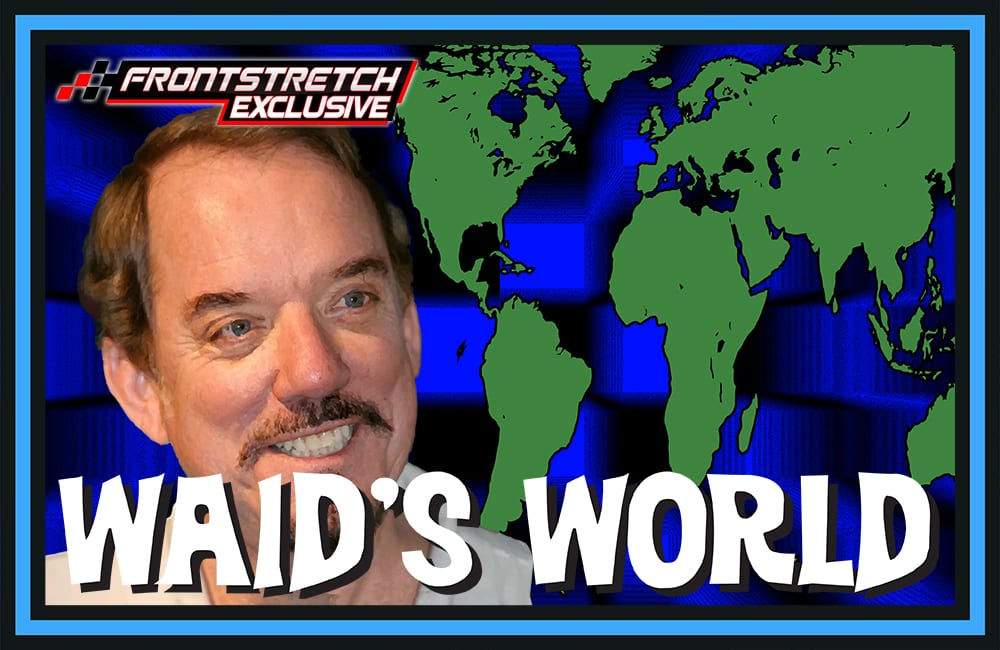When the Tire Wars between Hoosier Tire Co. and the giant Goodyear began in earnest with the start of the 1988 NASCAR Cup Series season, the conclusion, as it is with most wars, wasn’t certain.
It was easy to predict that Goodyear, the long-standing tire giant that had been a part of NASCAR for years, would easily take the measure of Hoosier, a small company that had enjoyed success mainly on the short tracks of the Midwest.
But just after the Daytona 500, it was suggested that Hoosier might be a formidable opponent. Only a few used the tire in the race, but two of them, Neil Bonnett and Buddy Baker, finished among the top 10.
Then Bonnett won the next two races at Richmond Raceway and Rockingham Speedway, forcing Goodyear to admit it had been sluggish over the years and was now gearing up for battle.
Well, that seemed easy enough at the following Atlanta Motor Speedway race, if for no other reason, Hoosier didn’t enter. Its tire supply – and knowledge of superspeedway racing – was still limited and thus it did not have the resources needed to compete.
An overall competitive strategy emerged. Goodyear and Hoosier would supply tires for all teams in each Cup event – when possible, of course.
Teams could use their discretion over which tire to use. They could stick with one throughout the race or switch whenever they desired, depending upon the direction competition was trending.
Simply put, a team’s selection was based on separate tire combinations. Harder compounds were generally stronger and thus lived longer – but they often produced slower speeds.
Softer compounds were not as durable, but they produced quicker speeds.
It was generally accepted the Hoosiers, often made the softer compound while Goodyear the harder.
Teams made sometimes difficult decisions. Should they start on harder tires for endurance and hope they do not slow down so much that they are no longer competitive?
Or should they select another compound that produces more speed but the lack of endurance may well lead to a blowout and bring an end to the day?
Then again, there was no rule that said teams could not switch brands at any time during a race and that is precisely what many of them did.
An example of the switching strategy took place at Darlington Raceway, the fifth race of the season.
Lake Speed, driving for his own team, started on Hoosiers and remained on them throughout the TranSouth 400. He won the first race…
Click Here to Read the Full Original Article at …

